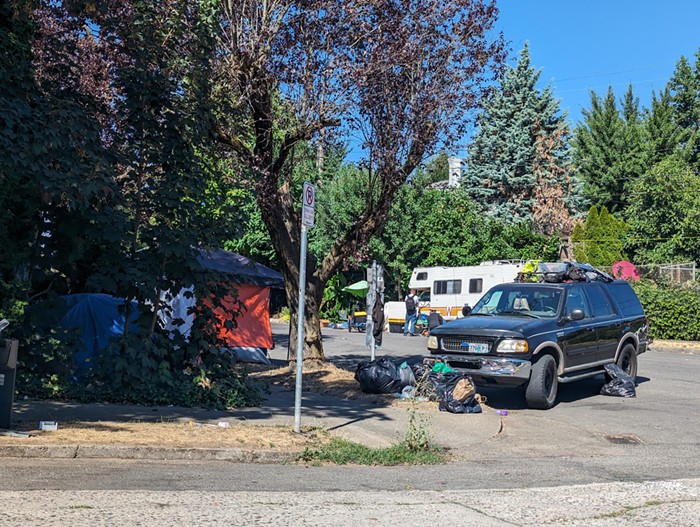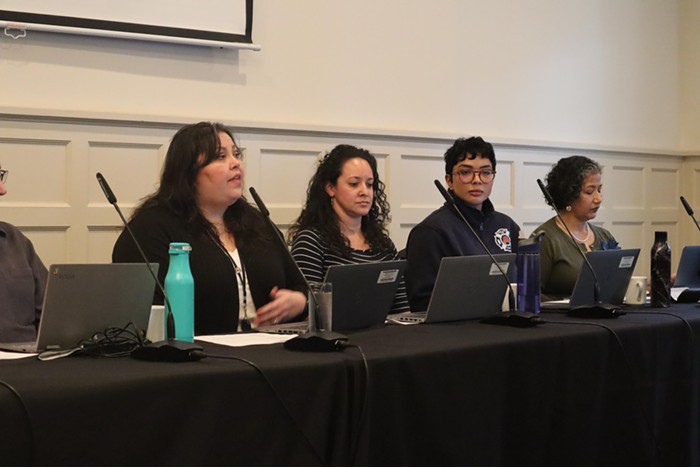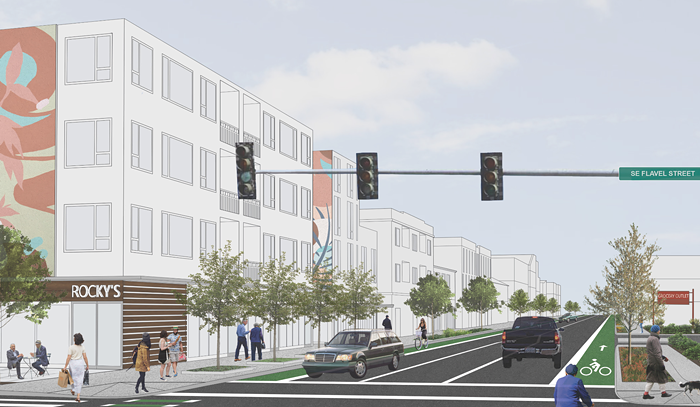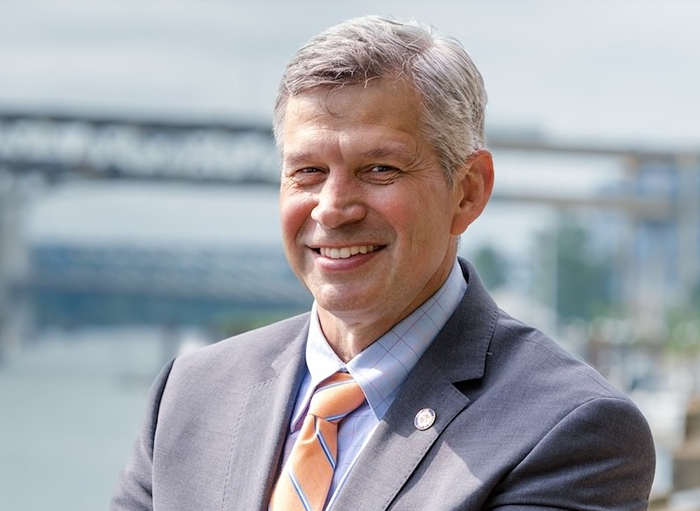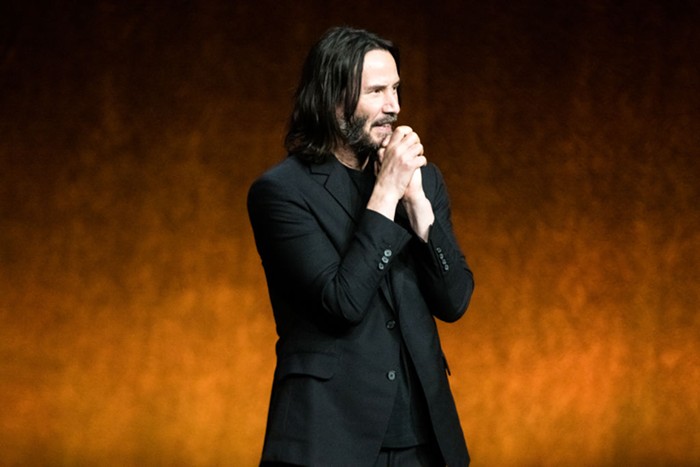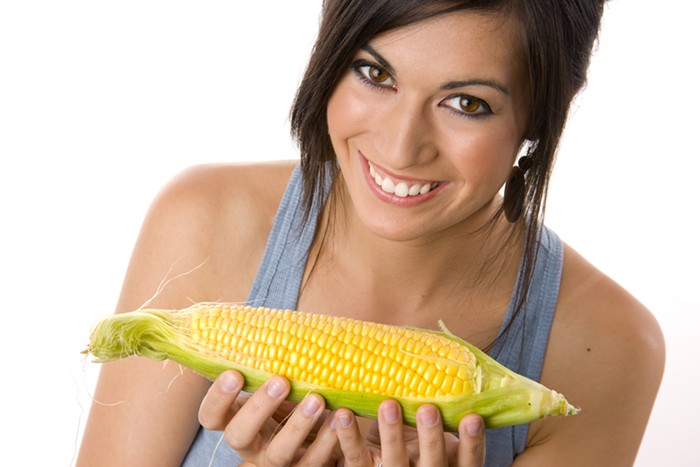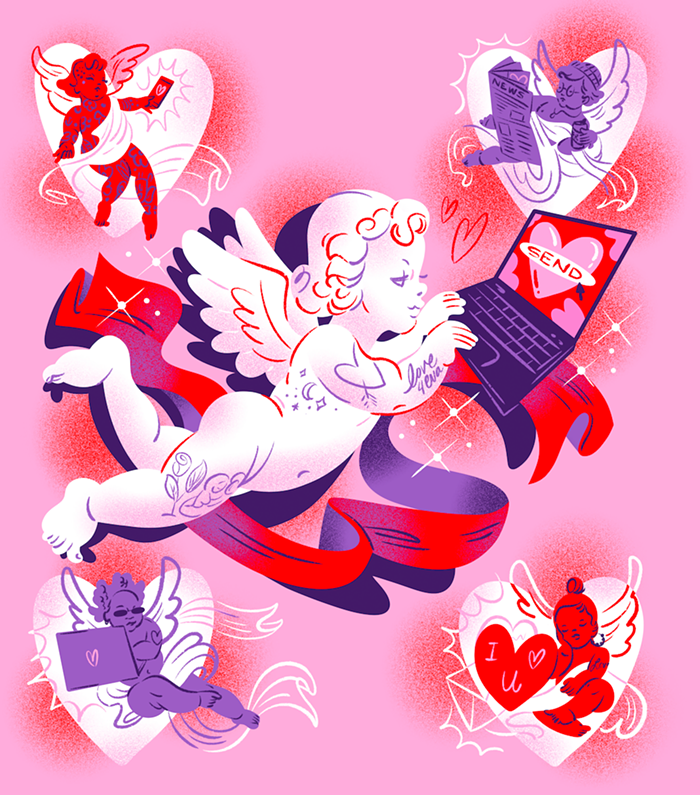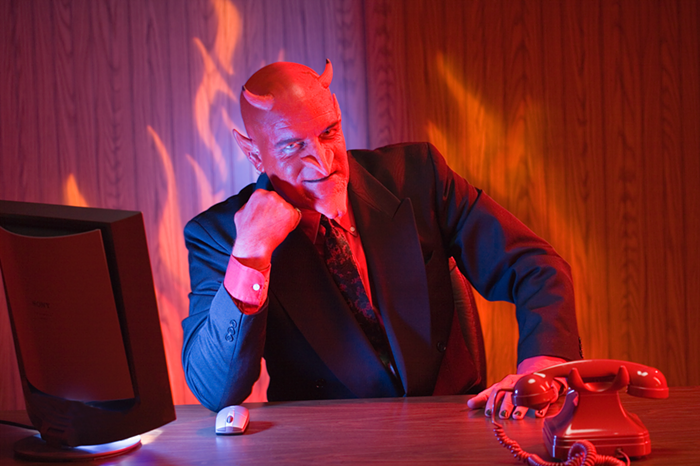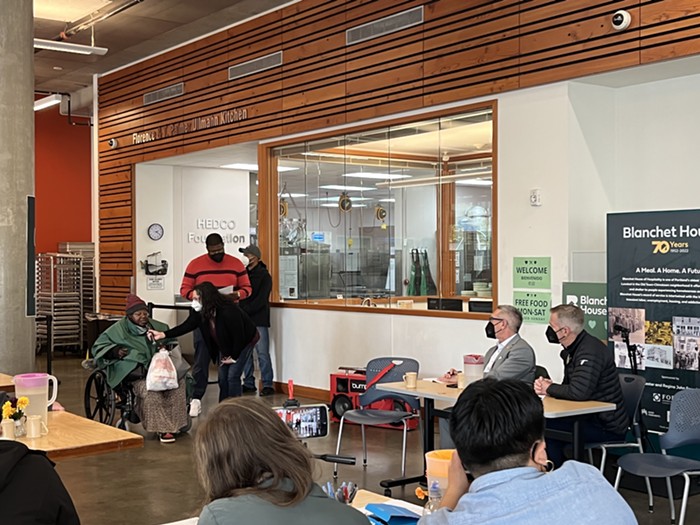The Surgeon General blames obesity on genes, video games, television, and the postmodern slacker idiom. Increasingly, however, public schools are placing part of the blame on soda pop--the source of much extraneous caffeine, sugar, carbs, caramel coloring, even aspartame. In an attempt to combat the childhood obesity epidemic, many schools have gone so far as to put an outright ban on soda and high sugar-content soft drinks.
In the most well publicized case, the school board in Los Angeles county, which houses the second-largest school district in the country, booted soda from all 677 of its schools. Thanks in part to lobbying by students, teachers, and consumer activist groups, by January of 2004, LA schools will only peddle water, milk, and juice drinks that actually contain juice (consisting of 50 percent juice, with no added sweeteners). This decision was lauded by the American School Food Service Association, who said, "this is but one step we can take to encourage healthy eating." To be sure, with an average of 45 grams of caffeine per 12 ounces of beverage, it's clear that less soda consumption certainly won't harm anybody.
The problem with the soda ban is that, in recent years, soft drink companies have funneled millions of dollars to schools around America in exchange for vending machine placement and name-brand visibility. As the Center for Commercial-Free Public Education (
www.commercialfree.org) says, "Advertising on school grounds isn't philanthropy--it's marketing." According to the National Soft Drink Association, schools that are partnered with soda companies get 66 percent of their revenue for sports equipment, and 44 percent for arts and theater programs, from these companies.
In Portland alone, the school district has an exclusive eight-year contract with Coca-Cola, which garnered an initial $1.8 million last year, going mostly to athletics and other student-body activities. The contract, which has some of the strictest guidelines in the nation, makes soda available to high school students only, with other Coke products--Dasani bottled water, PowerAde, Minute Maid that consists of 100% juice--distributed in the middle schools. (There are no vending machines available to elementary students.) Since the up front $1.8 mil is already gone, distributed evenly among schools, any future money earned will come exclusively from commissions.
With state funding cut across the board for all but the barest necessities, this income is essential for maintaining what most would consider a well-rounded primary education. Shannon Stember, a dietitian who works in Nutrition Communications with Portland Public Schools, says, "It all just happened somewhere back in the '80s, and it's been common practice since that time that sodas were available in schools. Pretty much 100% of high schools have soda machines. Was it a devious plan by the soda companies? Probably. I do think that it's always been part of their marketing agenda. But at the high school level, students have been given the health information, and they have the ability to make choices."
Stember says the issue--a sort of essential indentured servitude of schools to soda companies--ultimately comes down to the taxpayers and legislators. "The key thing is that if people funded schools adequately, then we wouldn't have this problem."
